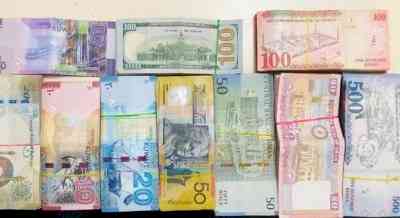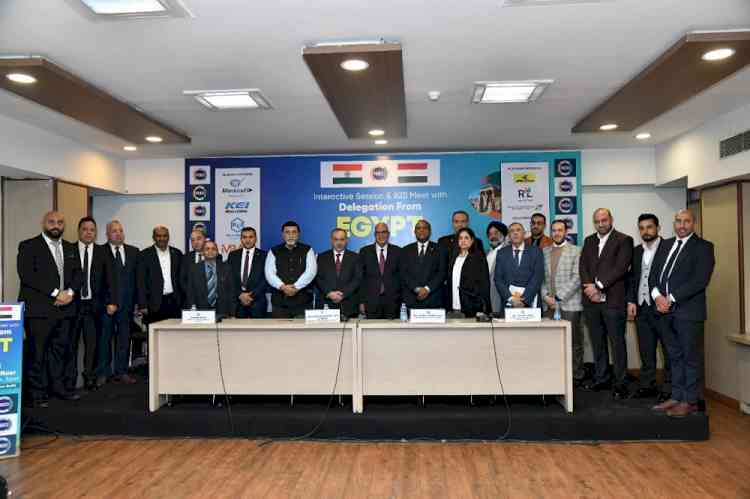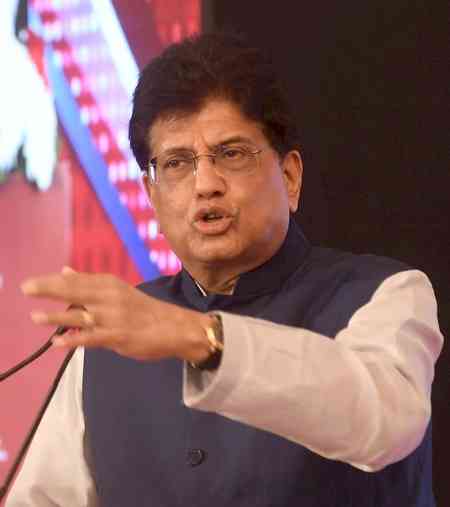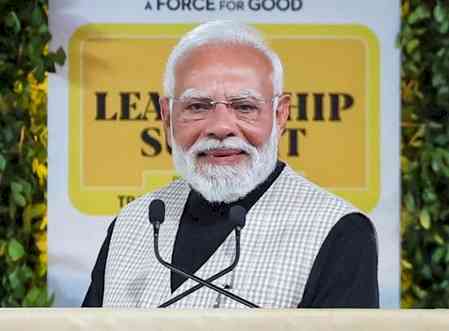Use of local currencies in cross-border payments can help shield emerging markets from global shocks: RBI Governor
The use of local currencies in cross-border payments can help shield the emerging markets and developing economies (EMDEs) from global shocks and protect them against exchange rate fluctuations, Reserve Bank of India (RBI) Governor Shaktikanta Das said on Monday.

New Delhi, Sep 4 (IANS) The use of local currencies in cross-border payments can help shield the emerging markets and developing economies (EMDEs) from global shocks and protect them against exchange rate fluctuations, Reserve Bank of India (RBI) Governor Shaktikanta Das said on Monday.
It can also encourage the development of local forex and capital markets, he said.
Addressing the G20 TechSprint Finale 2023 in Mumbai, Das said that multilateral payment platforms that support multiple currencies would offer a way to promote such local-currency payments.
"As things stand today, FX and liquidity risks associated with EMDE currencies can make the operation of multilateral platforms with EMDE currencies more challenging. It is in this backdrop that effective liquidity mechanisms need to be developed," he noted.
Das said that several central banks across the world are considering introduction of central bank digital countries (CBDCs) and are taking steps in this direction.
"India is one of the few countries which have launched CBDC pilots in both wholesale and retail segments. Slowly and steadily, we are expanding the pilot to more banks, more cities, more people and more use cases," he said.
"The empirical data that we are generating would go a long way in shaping the policies and future course of action. With its instant settlement feature, I believe, CBDCs can play an important role in making cross-border payments cheaper, faster and more secure," the RBI Governor said.
Highlighting the issue of money laundering, Das cited data from the United Nations Office on Drugs and Crime (UNODC), which places global money laundering at 2-5 per cent of global GDP, which is about $800 billion to $2 trillion.
Other estimates place this closer to $3 trillion, of which, an estimated $3 billion per annum is successfully intercepted.
"A very small percentage indeed of 0.1 per cent. It is extremely challenging to achieve full AML CFT compliance as enforcement is difficult, slow and, at times, only partial. Therefore, it is important to come up with innovative solutions to deal with this major risk to the international financial system," the RBI Governor said.


 IANS
IANS 











